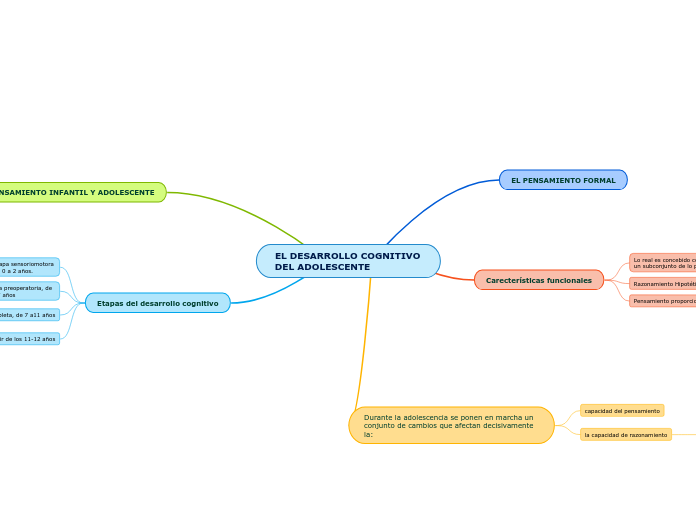MANUAL PARA ELABORAR INFORMES DIAGNOSTICOS
Type in the name of the book you have read.
4. MECANISMOS DE DEFENSA
Type the main events of the book, classifying them in: events from the beginning, events from the middle, and events from the end of the book.
Describe the story visually. Add a representative picture for each of them.
ANULACIÓN
CONTRA LA AGRESIVIDAD
•Test de Psicodiagnóstico de Rorschach
•Test de Apercepción Temática (TAT)
FORMACIÓN REACTIVA VS PASIVIDAD
•Test Guestáltico Visomotor de L. Bender
•Test de Psicodiagnóstico de Rorschach
•Test de Apercepción Temática (TAT)
Se manifiesta logrando modificar ciertos actos modificando la personalidad, tomando una actitud opuesta a la original.
INTELECTUACIÓN
•Test Guestáltico Visomotor de L. Bender
•Test de Psicodiagnóstico de Rorschach
•House, Tree, Person (HTP)
•Test de Apercepción Temática (TAT
AISLAMIENTO
• Test de Psicodiagnóstico de Rorschach
• House, Tree, Person (HTP)
• Test de Apercepción temática (TAT)
Type the main events from the end.
Add a representative picture for each of them.
REGRESIÓN
•Test Guestáltico Visomotor de L. Bender
•Test de Psicodiagnóstico de Rorschach
•House, Tree, Person (HTP)
•Test de Apercepción Temática (TAT)
Deseo de regresar a estadios anteriores de su vida donde las experiencias fueron más placenteras.
Type the main events from the middle.
Add a representative picture for each of them.
REPRESIÓN
•Test de Psicodiagnóstico de Rorschach, (Fdez. 1980)
•Test Guestáltico Visomotor de L. Bender
•House, Tree, Person (HTP)
•Test de Apercepción Temática (TAT)
Type the main events from the beginning.
Add a representative picture for each of them.
Con este mecanismo defensivo se “olvidan” los impulsos intensos o los hechos, para aminorar sus efectos, pero no por ser reprimidos se aminora su vigor.
1.INFORME PSICOLOGICOS
Take notes while you read the book. Type here the resources, books, or websites that the author mentioned and you want to check out later.
Autobiografia
•La cronología de los hechos.
•La utilización del lenguaje en general y en particular del vocabulario
•Test Guestáltico Visomotor de L. Bender
•Inventario Multifásico de la Personalidad (MMPI)
•Dibujo de la Figura Humana de Karen Machover
INSTRUMENTOS APLICATIVOS
•Nivel académico y rendimiento
•Manejo de la situación de entrevista
•Forma de expresión del sujeto
•Manejo de situaciones prácticas y manejo de las situaciones conflictivas
•Ambiente sociocultural del que proviene el sujeto
3.INDICADORES DE ALTERACIONES PERCEPTO MOTORAS A TRAVÉS DE LOS DIFERENTES
Type the names of the book characters. Start with the main character.
Draw arrows to represent the relationship between them and if it is possible write on them what they represent for each other (if they are relatives, friends, lovers, enemies etc.)
Test Aplicativos
Dibujo de la Figura Humana de K. Machover
Dibujo de la Figura Humana según K. Machover
Test de Apercepción Temática (TAT
Test de Psicodiagnóstico de Rorschach
Escala de Inteligencia de Wechsler para Adultos (WAIS
Inventario Multifásico de la Personalidad (MMPI
Test Guestáltico Visomotor de L. Bender
What are the characteristics that best describe the character? Type them here.
2.INDICADORES DEL PENSAMIENTO
What is the reason why the author wrote the book?
Pruebas Aplicativas
•Test Guestáltico Visomotor de L. Bender
•Escala de Inteligencia para Adultos de Wechsler (WAIS)
•Test de Psicodiagnóstico de Rorschach
•Test de Apercepción Temática (TAT)
Entrevista
•¿A qué da importancia el paciente y cuánta?
•¿Qué tipo de soluciones pone el examinado?









